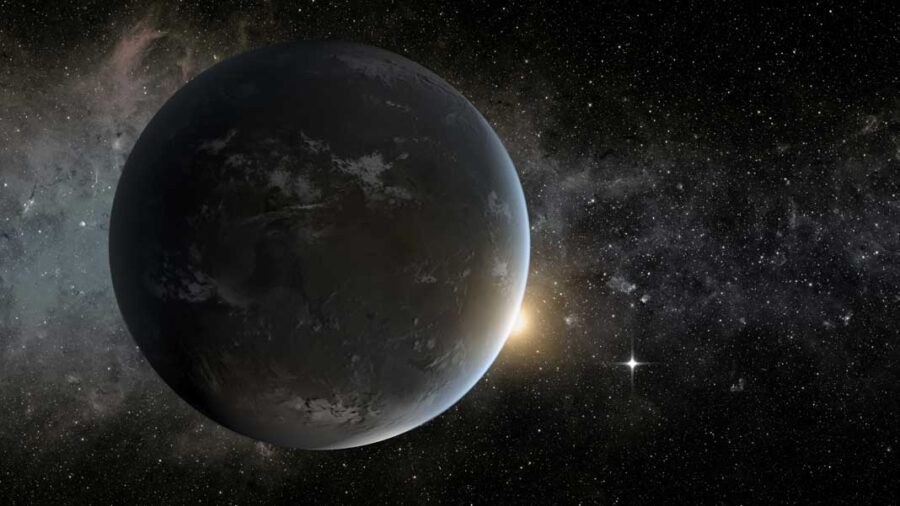Kepler’s findings of Earth-like worlds furthers the motivation for SETI.

The new revelation from Kepler is satisfying: 1 in 5 Sunlike stars in our galaxy has at least one Earth-sized planet orbiting in its habitable zone (page 14). But this result is not particularly surprising if you’ve been following the mission. As expected, Kepler’s first harvest of planets turned up non-Earths, since it’s much easier to detect star-broiled giants on tiny orbits. But as the larger demographic pattern started to emerge, it became clear that there must be a lot of Earth-size worlds out there unless, for some strange reason, planet formation discriminates against worlds like our own.
So this news is a confirmation. We scientists like to avoid basing too many of our views on inductive logic or extrapolation. It seemed as though potentially habitable planets should be there, but it feels comforting to place them firmly in the “directly supported by empirical evidence” column. Now that we know there are many potential Earths in our galaxy — two or three for each person alive — what are the implications for SETI?
One of the great unknowns has been the number of life-friendly planets. We’re finally nailing this down, and it looks marginally consistent with the dreams of the wild optimists who see a universe teeming with life. When the “Order of the Dolphin,” consisting of Carl Sagan, Frank Drake, and a handful of other thinkers, first tried to quantify the number of galactic civilizations, in 1961, they guessed that 20 to 50 percent of stars have planets and that each system has between 1 and 5 habitable planets. This leads to a predicted number of 0.2 to 2.5 habitable planets per star. So the real galaxy turns out to be just barely within their estimated range.
The Dolphins predicted that 100% of habitable planets will develop life, and we can test this on Mars and Venus by seeing if anything got started back when they had oceans. They also predicted that 100% of planetary biospheres develop intelligence. Perhaps we can test this among the exoplanets.
These worlds suggest a new way to search that does not depend on the assumption that alien technologists will build radio telescopes to amuse creatures such as us. A safer assumption is that aliens will purposefully alter their worlds. Why? Because a long-lived civilization on an Earthlike planet will be like the city of New Orleans, requiring engineering to maintain habitability against natural changes. If we’re not alone, we should find such artificially enhanced planets out among the exos.
So Kepler’s significance for SETI is threefold. First, it has nailed down the physical factors well enough, and the news is good. Second, we have the means to study the biological and social factors by looking for living and artificially enhanced worlds. And third, Kepler’s findings will help provide the societal impetus to find these answers. We know how to discover what’s in the air around these worlds. Building a giant space telescope that can tell us — a terrestrial planet finder — requires merely the will to do it. The exciting knowledge that we live in a galaxy full up with potential Earths will excite a mass hunger to know.
This article originally appeared in print in the February 2014 issue of Sky & Telescope. Subscribe to Sky & Telescope.
 0
0
Comments
You must be logged in to post a comment.